
Oculoplastic surgery, also known as ophthalmic plastic surgery, is a specialized field of ophthalmology focused on the structures surrounding the eye including the eyelids, orbit (eye socket), tear ducts, and facial areas.
Our expert Oculoplastic surgeons perform both reconstructive and cosmetic procedures to address functional problems and enhance appearance around the eyes. We specialize in eyelid surgery and provide comprehensive orbit care for optimal eye health. Additionally, our oculoplastic treatment options offer solutions for both functional and aesthetic concerns around the eyes.
Restore function and improve appearance of eyelids and surrounding areas
Performed by specialized surgeons with expertise in both ophthalmology and plastic surgery
Advanced techniques for minimal scarring and optimal outcomes
We offer a comprehensive range of oculoplastic procedures to address both functional and cosmetic concerns around the eyes.
Dacryocystorhinostomy (DCR) is a surgical procedure that creates a new pathway for tears to drain when the normal tear drainage system is blocked. This condition often causes excessive tearing (epiphora) and recurrent eye infections.
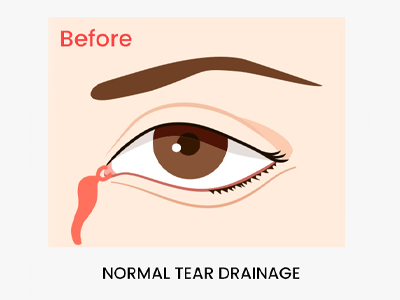
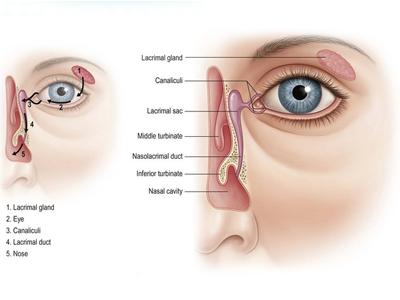
Patient with chronic tearing before and after DCR surgery
Pterygium is a wedge-shaped growth of abnormal tissue that extends from the conjunctiva (the thin membrane covering the white of the eye) onto the cornea. This procedure removes the pterygium and may include conjunctival grafting to prevent recurrence.

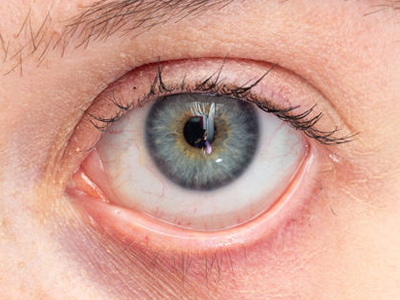
Patient with pterygium before and after surgical removal
Ptosis (drooping eyelid) occurs when the upper eyelid falls to a position that is lower than normal, sometimes covering part of the pupil and affecting vision. Ptosis correction surgery repairs and tightens the muscles responsible for lifting the eyelid to restore normal appearance and function.

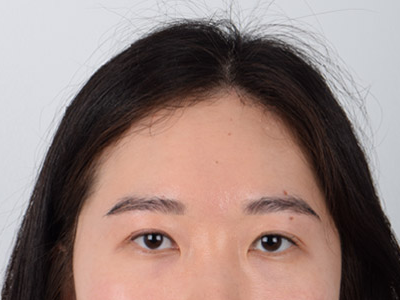
Patient with ptosis before and after surgical correction
Eyelid tumors range from benign growths to malignant cancers that can affect the function and appearance of the eyelid. Treatment involves surgical removal of the tumor and, if necessary, reconstruction of the eyelid to maintain function and aesthetics.

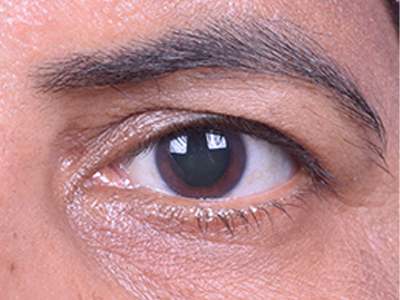
Patient with eyelid tumor before and after surgical removal and reconstruction
Orbital fractures occur when there is a break in one or more of the bones surrounding the eye. These injuries typically result from blunt trauma to the face or head. Orbital fracture repair may be necessary to prevent complications like double vision, sunken appearance, or restricted eye movement.
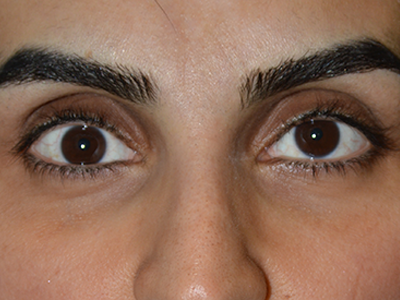

Patient with orbital fracture before and after surgical repair
We provide personalized care using advanced techniques for optimal functional and aesthetic outcomes.
Our Oculoplasticsurgeons are fellowship-trained with expertise in both ophthalmology and plastic surgery techniques, ensuring the highest standard of care for your eyes and surrounding structures.
We utilize the latest surgical techniques and technologies to provide minimally invasive procedures with reduced scarring, faster recovery times, and better aesthetic results.
Each treatment plan is tailored to your specific needs, taking into account both functional requirements and aesthetic goals to achieve the best possible outcome.
Read what our patients have to say about their Oculoplastic surgery experiences and results.
"After years of constant tearing and eye infections, my DCR surgery was life-changing. I no longer need to carry tissues everywhere, and my eyes feel comfortable for the first time in years."
"My drooping eyelid was affecting my vision and making me look tired all the time. After ptosis correction, not only can I see better, but friends keep telling me how refreshed I look!"
"I was nervous about having my eyelid tumor removed, but the team was so professional and caring. The scar is virtually invisible, and I'm grateful they caught it early."
Our Oculoplastic surgeons are ready to help you achieve both functional improvement and aesthetic enhancement.